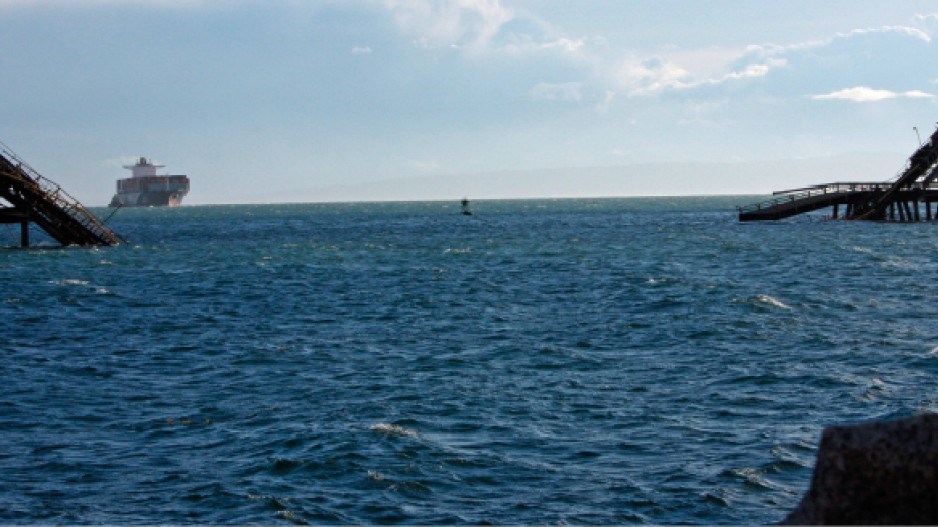A December ship collision that damaged loading equipment at Westshore Terminals took a bite out of Port Metro Vancouver’s (PMV) 2012 growth.
According to PMV’s 2012 annual results, the port’s growth slowed to 1% in 2012, down from 3.4% in 2011.
Robin Silvester, PMV president and CEO, said that, given the significance of having the port’s largest coal-handling berth out of commission for much of December, the Westshore incident dampened PMV’s overall results.
Silvester noted that coal represents about a quarter of the port’s cargo volumes.
He added that a drop in potash volumes also reduced the port’s 2012 growth.
Silvester said a highlight of the port’s 2012 performance was an 8% growth in container volumes, which increased to 2.7 million 20-foot equivalent units.
“That’s an indicator of two things: some good underlying growth in the Canadian economy reflecting in the container imports and a great endorsement of the efficiency of the supply chain that the port and our partners the terminals and the railways are delivering.”
Silvester said the port’s auto volumes also tell a story about Canada’s economy.
He said that, factoring out 2011, when volumes were hit by the economic fallout from Japan’s earthquake and tsunami, the port has had stable auto volumes for the past four years. But he said the total of 380,000 autos imported from Asia in 2012 is still shy of 2007’s 450,000. Silvester added that the port is optimistic about its medium-term growth outlook.
“That’s underwritten by a large amount of investment taking place, whether it’s in the grain sector, the coal sector or the container sector,” he said, noting that much of that capacity gain will come in 2014 and 2015.
For 2013, Silvester said he expects to see higher potash and coal volumes.
He added that, while grain volumes have been at record levels for the past four years, they could grow further.
“We’re certainly seeing, with the changes in the Wheat Board, a lot of interest in creating new capacity in the gateway, and I think we could start to see some better utilization of the existing facilities during 2013.”
Overall, Silvester predicted that the port’s 2013 growth will be similar to that of 2012, but without the “unexpected slight negative. I’d expect to see some good solid growth at a slightly higher level through the coming year.”




